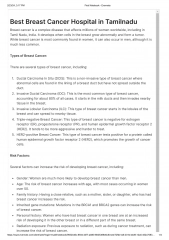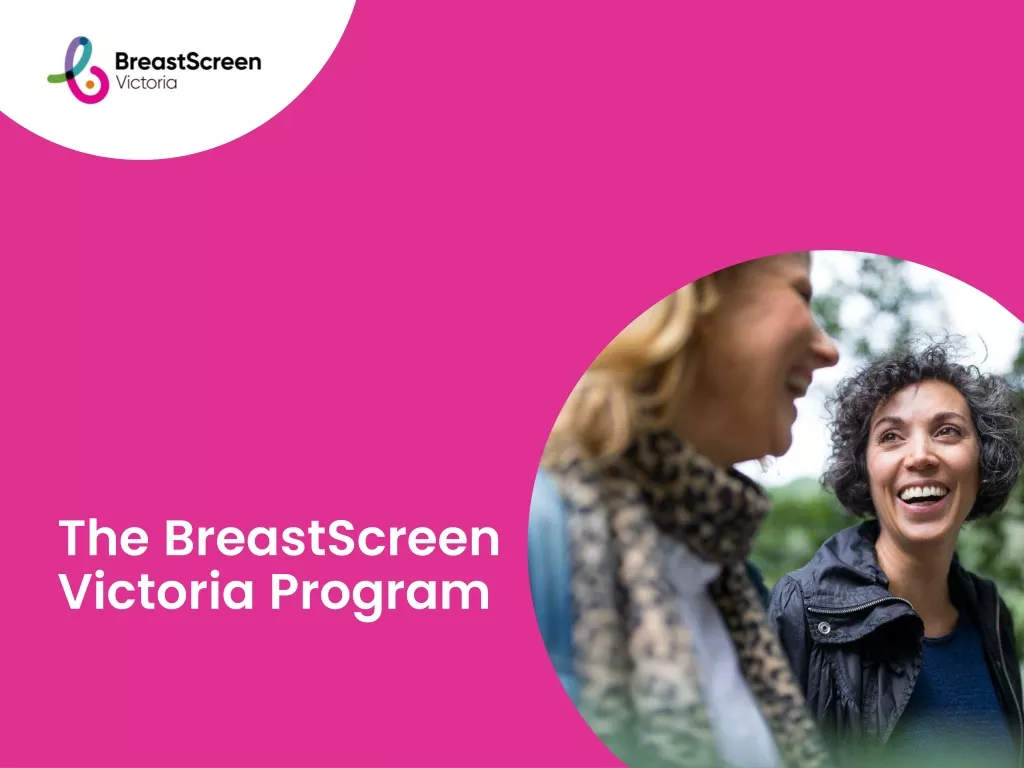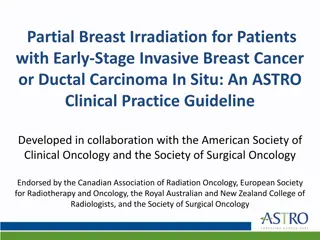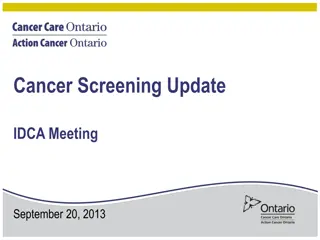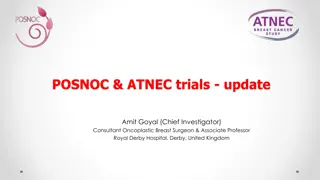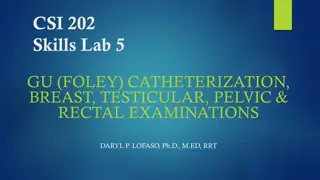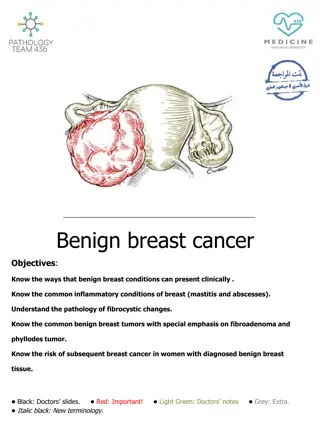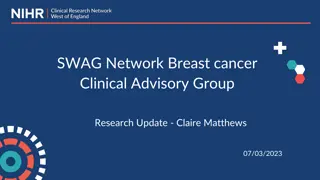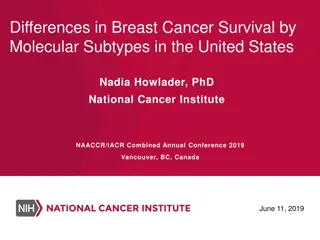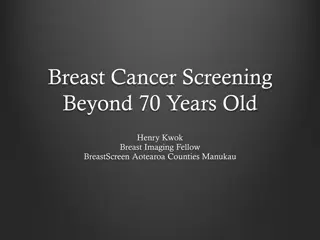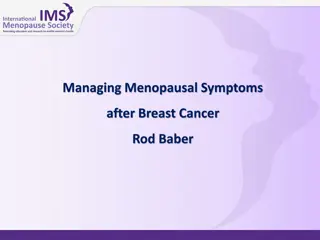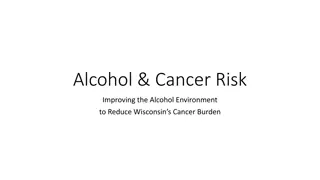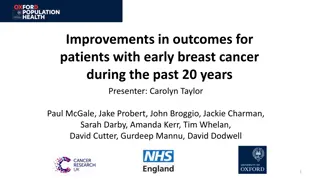Promoting Early Breast Cancer Risk Awareness
Promote national campaign for early risk assessment and identification of genetic links. Educate providers and patients, address cultural and social barriers, and improve screening during pregnancy and lactation.
Download Presentation

Please find below an Image/Link to download the presentation.
The content on the website is provided AS IS for your information and personal use only. It may not be sold, licensed, or shared on other websites without obtaining consent from the author.If you encounter any issues during the download, it is possible that the publisher has removed the file from their server.
You are allowed to download the files provided on this website for personal or commercial use, subject to the condition that they are used lawfully. All files are the property of their respective owners.
The content on the website is provided AS IS for your information and personal use only. It may not be sold, licensed, or shared on other websites without obtaining consent from the author.
E N D
Presentation Transcript
Provider and Healthcare Systems Workgroup (2023)
Early Risk Assessment Promote national campaign for early risk assessment Promote understanding of factors contributing to increased risk of breast cancer in adolescent and young adult women Identify genetic links sooner Promote understanding of mutations including and in addition to BRCA that confer an increased risk of breast cancer Include resources for BIPOC women and rural communities Address cultural issues that may prohibit women from acting even when educated
Education-improve provider awareness Provide data-driven updates re: rising incidence of breast cancer in young women, presentation of disease in young women, incidence in young women without known genetic mutations Prevalence and incidence update Make providers aware of the difficulties young women face seeking a prompt diagnosis/address provider bias Consider focusing education and resources by type of provider (develop in partnership with patients for maximum patient-friendly and effective materials) o PCPs* (? largest impact/greatest focus) o OB/GYNs o Radiologists o Pediatricians o Breast Surgeons o Oncologists o Reconstruction/Plastic Surgeons o Genetic Counselors o Nurse Navigators
Education-patient awareness Improve education re: signs, symptoms and risks of breast cancer Examine sources and resources for awareness of breast cancer Parents? Physicians? School [high school-sex ed curriculum?); college-public health groups? student activity groups?
Resources to address barriers to BC prevention/diagnosis/treatment Identify social determinants of health Identify potential barriers to care Identify resources to overcome barriers to care as well as means of reaching populations at high risk for cancer and for poorer outcomes
Screening in Pregnancy/Lactation Background: Persistent widespread confusion about screening in this setting Goal: Dispel common misconceptions about safety of mammography in pregnancy Provide clear recommendations for both patients and providers re: modality specific screening recommendations during lactation and pregnancy
Resources for Reconstruction Options/opportunities to support DIEP flap reconstruction access Note: https://www.breastcancer.org/news/diep-flap-surgery-cms-code-change Update: *Update 4/19, Cigna to delay implementation of the policy (s-codes)
Long-Term Support Ongoing treatment : resources for survivors to keep up with new advances that might be beneficial for screening and proactive breast health even after acute treatment phase is past Resources for caregivers/address needs of caregivers
Narratives Sharing stories and narratives which may encourage awareness for both patients and providers See Bring Your Brave ensure representation and a wide range of stories (for example, no metastatic disease narratives currently) https://www.cdc.gov/cancer/breast/young_women/bringyourbrave/index.htm Engage patient influencers to promote program/campaign For example, Previvor influencers
Mental Health Support ?Crossover with Mental/Behavioral Health Workgroup
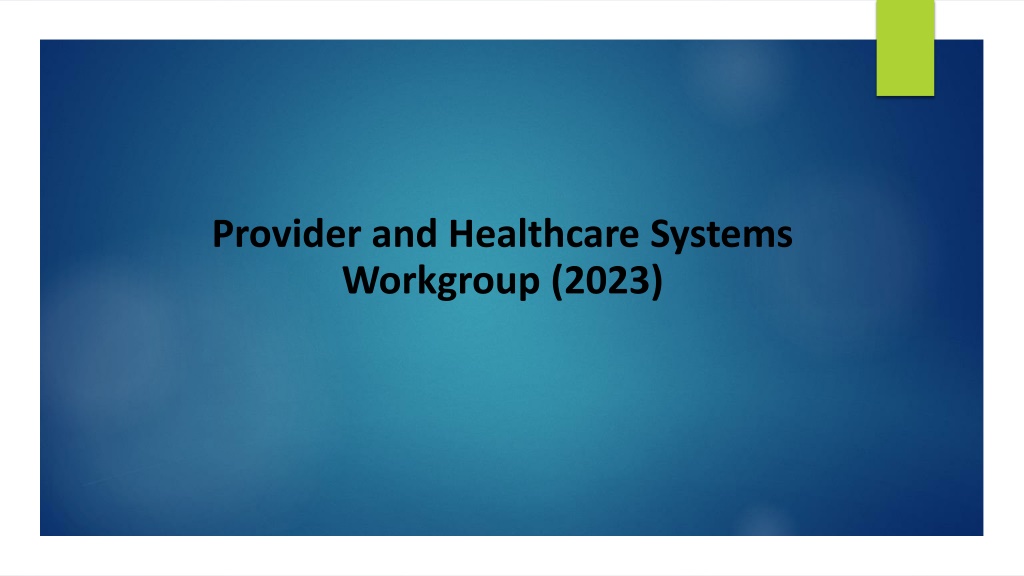
 undefined
undefined


